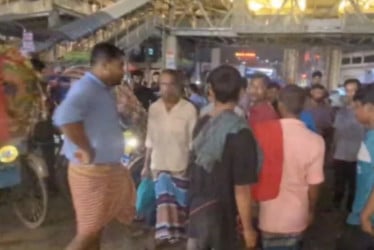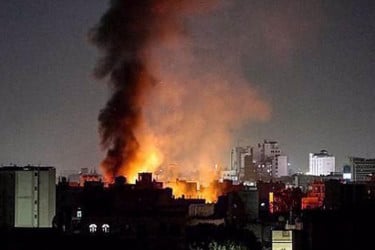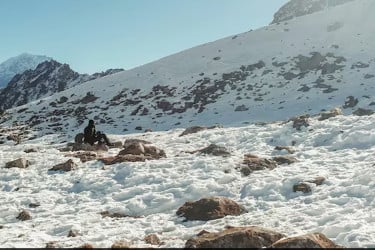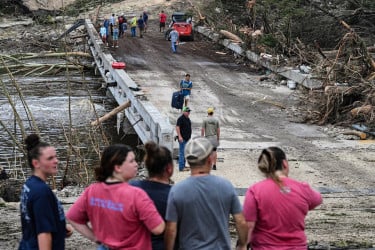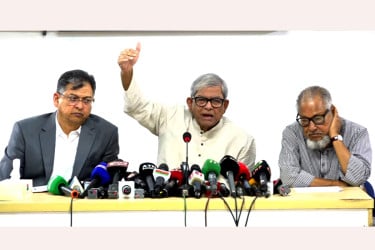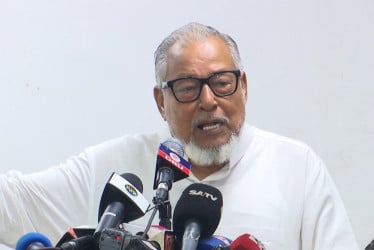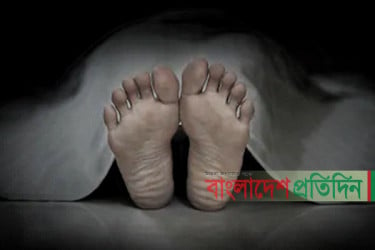Part A: Reading Test 50 Marks.
Read the passage. Then answer the question below 1-2.
The “Shat Gambuj Mosque” Sixty Dome Mosque. in Bagerhat is a heritage. It became a UNESCO World Heritage Site in 1985. Originally, the historic Mosque City was known as ‘Khalifatabad’. It is situated at the outskirts of Bagerhat town is not very far from the dense mangrove forest of the Sundarbans. Khalifatabad was a Muslim colony. It was founded by the Turkish general, a saint warrior Ulugh Khan Jahan in the 15th century. The infrastructure of the city reveals significant technical skills in many mosques as well as early Islamic monuments. Baked bricks were used for the construction of the buildings. The planning of the city is distinctly dominated by Islamic architecture and the decorations were a combination of Mughal and Turkish architecture.
Khan Jahan built a network of roads, bridges, public buildings and reservoirs to make the city habitable. There are about 360 mosques in the city. Among them the most remarkable is the multi-domed Shat Gambuj Mosciue. The mosque is unique in the sense that it has 60 pillars that support the roof, with 77 low height domes. The 4 towers at 4 corners have smaller domes on the roof as well. The vast prayer hall has l1 arched doorways on the east and 7 each on the north and south for light and ventilation. It has 7 aisles running along the length of the mosque and 11 deep curves between the slender stone columns. These columns support the curving arches created by the domes. The thickness of the arches is 6 feet and have slightly narrowing hollow and round wall.
The west wall in the interior has 11 mihrabs Niche in mosque pointing towards Makkah.. These mihrabs are decorated with stonework and terracotta. The floor of the mosque is made of brick. Besides being used as a prayer hall, Khan Jahan used the mosque as his court too. Today, it is one of the greatest tourist attractions and one of the best architectural beauties of Banladesh.
1. Choose the correct answer from the following alternatives. 1×7 = 7
a. The Shat Gambuj Mosque was declared World Heritage Site in-.
i. 1885 ii. 1980 iii. 1890 iv. 1985
b. Khalifatabad was known as the colony of the—.
i. Hindus ii. Christians iii. Muslims iv. Buddhists
c. How many domes are in the Shat Gambuj Mosque?
i. 52 ii. 60 iii. 66 iv. 77
d. How many mosques are there in the city?
i. 250 ii. 265
iii. 360 iv. 385
e.The word ‘combination’ can be substituted by—.
i. sequence ii. fusion
iii. conclusion
iv. introduction
f. What is the closest meaning of the word ‘Unique’?
i. Inimitable ii. Unparalleled
iii. Distinctive iv. Sole
g. The thickness of the arches is—.
i. 6 feet ii. 7 feet iii. 8 feet iv. 10 feet
2. Answer the following questions. 2×5 = 10
a. What does UNESCO stand for?
b. When was the Muslim colony founded in Bagerhat?
c. Where does the Shat Gambuj Mosque stand?
d. What do you know about the Shat Gambuj Mosque?
e. What was the other use of mosque?
3. Read the following text and fill in each gap with suitable word based on the information of the text.
1×5 = 5
Meherjan lives in a slum on the Sirajgonj Town Protection Embankment. Her polythene-roofed shelter looks like a cage. She is nearly 45 but looks more than her age.
Not long ago Meherjan had everything - a family, cultivable land and cattle. The erosion of the Jamuna consumed all her landed property gradually. It finally claimed her only shelter duririg the last monsoon. She had a happy family once. Over the years, she lost her husband and her family to diseases that cruel hunger and poverty brought to the family. Now, she is the only one left to live on with the loss and the pain. The greedy Jamuna has shattered her dreams and happiness. There are thousand others waiting to share the same fate like Mehegan. Bangladesh is a land of rivers that affect people. Erosion is a harsh reality for the people living along the river banks. During each monsoon many more villages are threatened by the roaring rivers like the Jamuna, the Padma and the Meghna. If we canÕt take prompt actions to adapt to climate change, there will be thousands of more Meheijans in our towns and villages every year.
Meherjan is a woman of about 45 who lives a. — in a slum in Sirajgonj. She is leading a very miserable life b. — her family and property she had previously. Allher property and c. - were grabbed by the erosion of the river Jamuna. Her husband and other family members d. - to die of several diseases caused from hunger and poverty. So now she is to struggle alone just to keep body and e. — together.
4. Read the passage on Sher-e-Bangla. Complete the following table with information from the passage. 1×5 = 5
Sher-e-Bangla is one of the most popular leaders of Bangladesh. He was born in 1873 at Chakhar in Barisal. His father Mohammad Wazed Ali was famous lawyer. He passed Entrance Examination and went to Kolkata for higher studies. At the age of 22, he passed the MA and was placed in the first division. After two years, he obtained B.L degree with distinction and joined the Bar. At the age of 33, he was appointed the Deputy Magistrate. He resigned his post in 1912 due to difference of opinion with government. In 1913, he became the member of Bengal Council. In 1915, he defeated Khaja Nazimudd miserably in the election of Patuakhali. In 1918, he was made General Secretary of Indian Congress. In the same year, he was made. President of all India Muslim League. He was the Chief Minister of Bengal. In 1924, he established many educational institutions in Bengal as an Education Minister. He was the Mayor of Calcutta Corporation in 1935-36. In 1937, he was the first elected Prime Minister of Bengal. On 23 March 1940, he proposed his historical Pakistan Resolution in Lahore Conference of Muslim League. He led the United Front in the General Election of East Pakistan until 1958. He died at the age of 89. People of Bangladesh remember him with gratitude. (চলবে)









